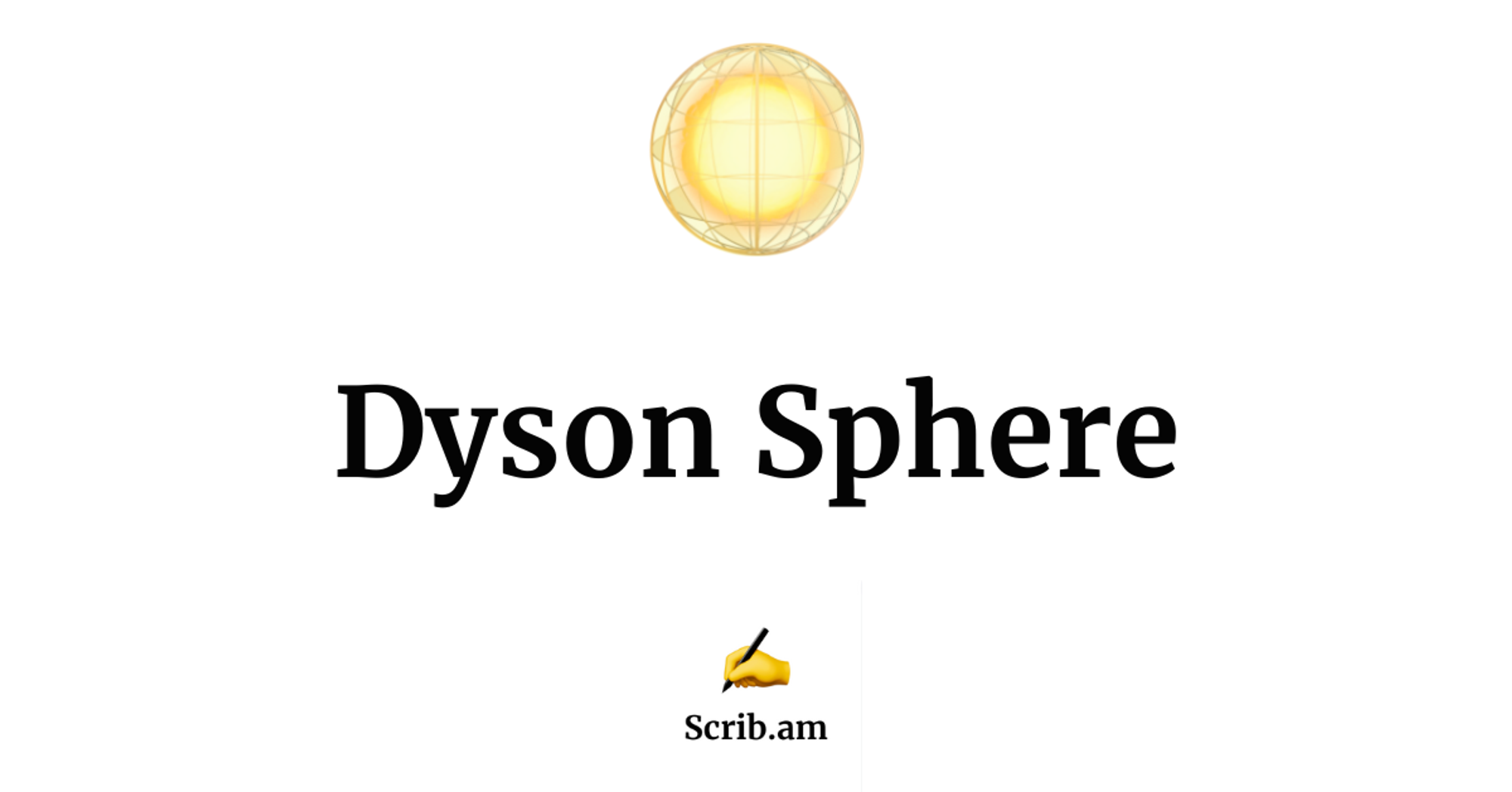The Kardashev Scale posits that there are 3 types of civilization, defined by technological advancement, based on the amount of energy a civilization is able to use.
Type I Civilization
We’re “almost” at that stage (~ 70%).
A Type I civilization is usually defined as one that can harness all the energy that reaches its home planet from its parent star. In our case, the Sun.
We’ll reach Type I when we’ll be able to convert all sunlight into power.
Type II Civilization
It’s a civilization capable of harnessing the energy radiated by its own star, leveraging some form of technology intimately connected to the star to capture most of its power.
One of the hypothetized techniques is the Dyson Sphere. We’ll get back to it in a moment.
Type III Civilization
It’s a civilization in possession of energy at the scale of its own galaxy. In our case, the Milky Way.
According to Michio Kaku, we could reach Type I level in the next 100-200 years, Type II in in a few thousand years, and Type III in 100,000 to a million years. That’s a long way to go!
What is a Dyson Sphere?
The concept, first envisioned by philosopher and science fiction writer Olaf Stapledon in his 1937 novel “Star Maker”, was later developed by Freeman Dyson, an English-American theoretical physicist and mathematician (1923-2020).
A Dyson sphere is a hypothetical megastructure that completely encompasses a star and captures a large percentage of its solar power output.

Why would we need to build a Dyson Sphere?
It’s possible that one day we’ll need far more energy on Earth than what could be harvested via traditional solar panels, even if we placed them in orbit to maximize their efficiency.
We would have to travel closer to the sun and capture solar energy at the source.
According to Dyson, this would be a necessity for the long-term survival of humanity.
Dyson Swarms & Bubbles
A variation on the concept of a full sphere is a swarm of smaller independent constructs orbiting around the star.
Building those capture devices wouldn’t be the only challenge. You would also need to solve the transmission issue (back to earth), without losing too much of the collected energy, which would defeat the whole purpose of the scheme.
Another variation is called the Dyson Bubble. It’s a collection of constructs suspended in space by the use of gigantic light sails. They wouldn’t be in orbit but static and independent of one another, which would avoid the risk of collision with the star and between themselves.
Science fiction has also suggested Dyson Shells (uniform structures, fully encompassing the star), which were considered by Freeman Dyson as the least probable hypothesis.
Dyson’s own preference went to the swarm approach.
Searching for the radiations emitted by such megastructures (using radiotelescopes) could help us find advanced civilizations in the vast universe. Those constructs would alter the light emitted by the star in such a significant way (deeper into the infrared range) that we could be able to spot them on the cosmic canvas.

Have we found stars which could feature a Dyson Sphere?
Fermi National Accelerator Laboratory (Fermilab), located just outside Batavia, Illinois, discovered 17 potential candidates, all unconfirmed.
On October 14, 2015, a group of scientists discovered unusual light fluctuations of a star captured by the Kepler Space Telescope. Star KIC 8462852, nicknamed Tabby’s Star (after the name of the study’s lead author), was a potential candidate until further analysis in 2017 showed that the light could have been dimmed by dust and not an alien megastructure.
The quest is still on! 📡

